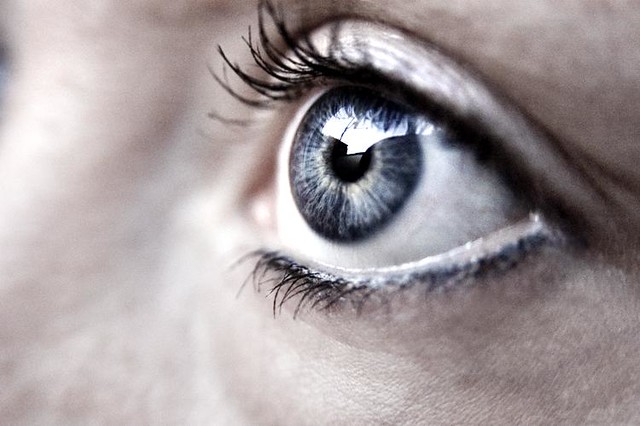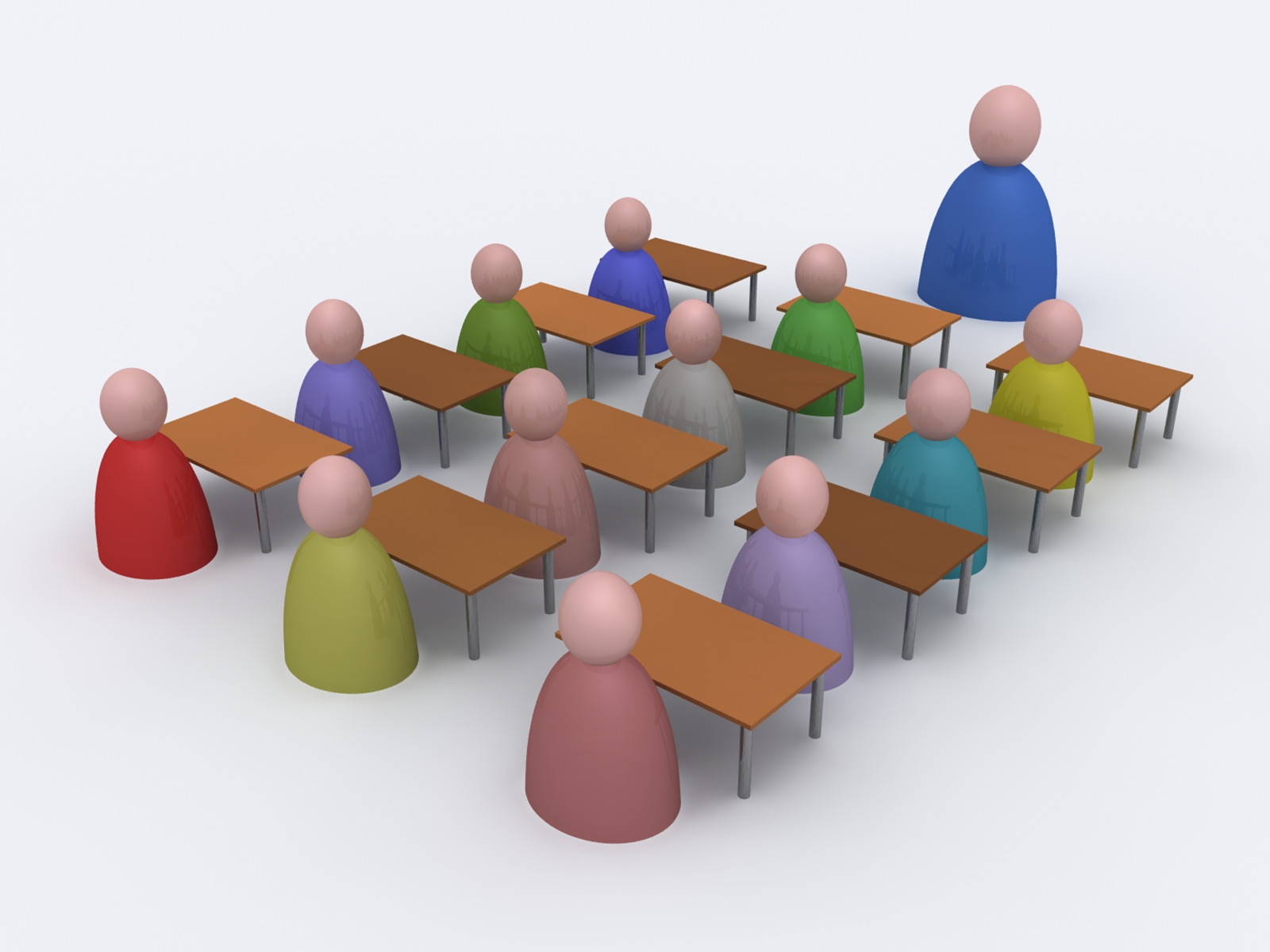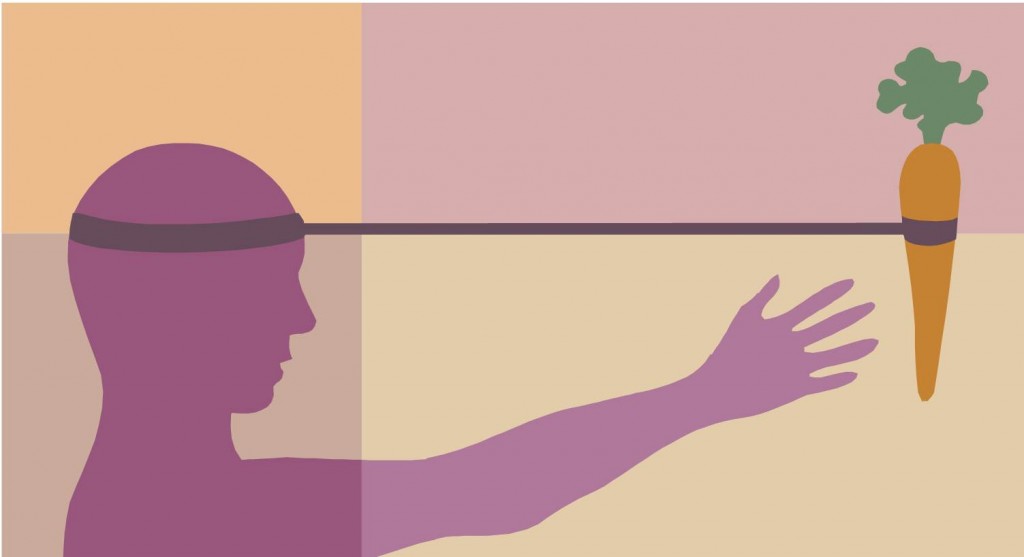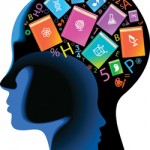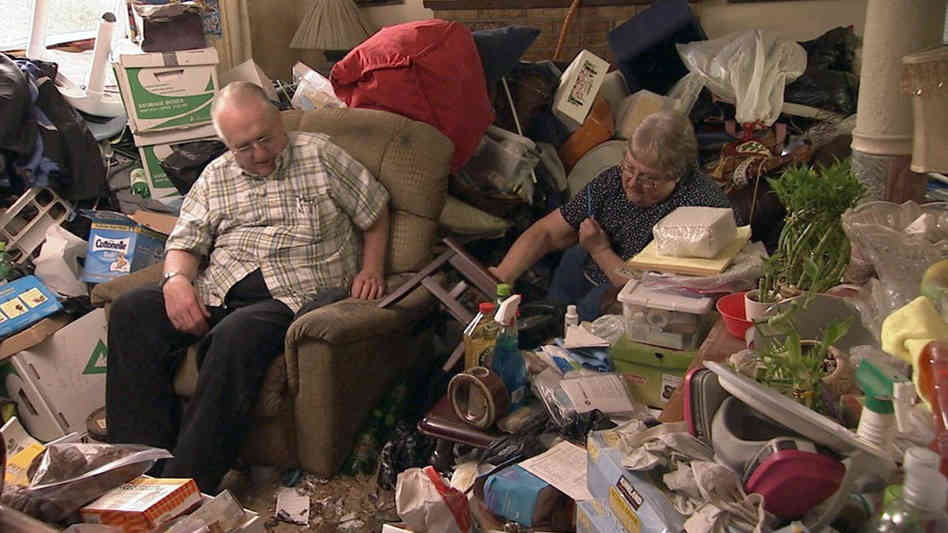The object consists of two main pieces of wood, Alder and Maple respectively, which are bolted together horizontally. The wider of the two pieces, the “body”, is mostly coated with a polyester finish, of a light, pastel-blue hue. Conversely, the “neck” of the object is approximately 25.5” and has the shape of the letter “C”. The wood of the rounded back is un-painted; the front is covered with a flat piece of rosewood that has a radius of 9.5”. Scaling down the neck are several small pegs made of ivory, creating a flowing line of dots. Beyond the polyester coating, the back of the guitar remains mostly plain, save for a number of buckle scratches.
At the tip of the neck, there is a nut approximately 1.650”, which is connected to a somewhat larger curved head at the top. On the right side, the word “Fender” can be found in bold yellow type, with “vintage modified jazzmaster” etched in black toward the bottom. On the left side of the neck there are six white pegs, which have ascending gauges of steel strings wrapped around them. The 6 strings extend past the neck of the object, and are connected slightly before the tail end of the guitar by a thin piece of chrome, which is drilled into the wood. The high tension applied on each end of each string cause them to be tightly wound and elevated slightly above the flat base of the neck. The back of the neck contains a unique model number, reading “IC513168752”, as well as a small “made in Indonesia” etched near the top of the neck.
The object’s body has a unique shape, two horns are adjacent to where the neck is connected, there are parallel dips near the middle, and the bottom end is wider and more rounded. At the end of the largest horn and at the bottom of the body, there are identical metal pegs, in a reverse pyramid shape. Much of the bottom half of the front of the body is covered a thin layer with white plastic that contours to the object’s shape. Within the confines of this white plastic space, there are several other various shapes of plastic, as well as a number of metal screws that attach it firmly to the wood. The object has 2 large, white knobs that read “volume” and “tone”, as well as two tiny, moveable black wheels and one black switch towards the top end, near the most prominent horn. Near the second horn, there is another switch, this one extending about half an inch from the body, with a small bulb of white plastic at the top.
Horizontally intersecting the strings along the middle of the body are two 3” white plastic pieces, which are in a soap bar shape and bulge slightly outward. Along these two bars are 6 metallic dots, corresponding with each string. When a string is vibrated, the frequency of this energy is “picked up” by these small electromagnetic dots, and can be transmitted to anything that can amplify said frequencies. This energy is transmitted through complex wiring within the guitar’s body, which are connected to the various switches and knobs as well.
The strings on the object are perched up and held in place by a small chrome saddle. Towards the bottom of the guitar, there is a small hole around ¼ of an inch in circumference. At the bottom of the neck, there is a thin, metallic “arm” that in inserted into a small hole near the tailpiece and the saddle. Much like an actual joint, when pressure is applied, the saddle bends slightly as well. The oscillations in tension allow the strings to make a smeared kind of noise, which coincides of the bending of the tremolo “arm”.
The object can also be read as a physical embodiment of characteristics humans are attracted to or are universally connected with. The object’s specifications contain several references to human anatomy, including “body”, “head”, “neck”, and “arms”. Its curvy, contoured shape, comparably similar to that of a buxom woman, influences the desirability factor of this object. Likewise the polyester finish makes the object look similar to candy. On the neck of the object, several slivers of metal are melded into the wood. When scanning from the top to the bottom of the neck, it’s clear to see that these 21 frets are inching closer with each note. The pattern of converging frets is comparable to that of a classic diagram of the electromagnetic spectrum. As the pitch increases, the energy of the vibrations becomes faster as well.

